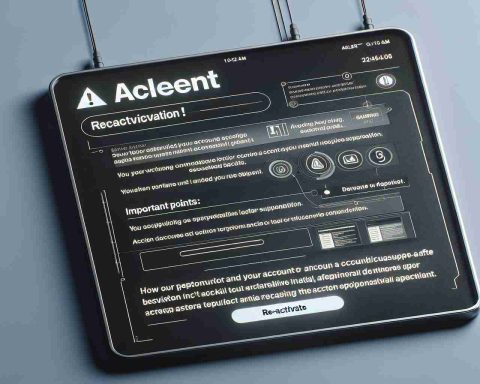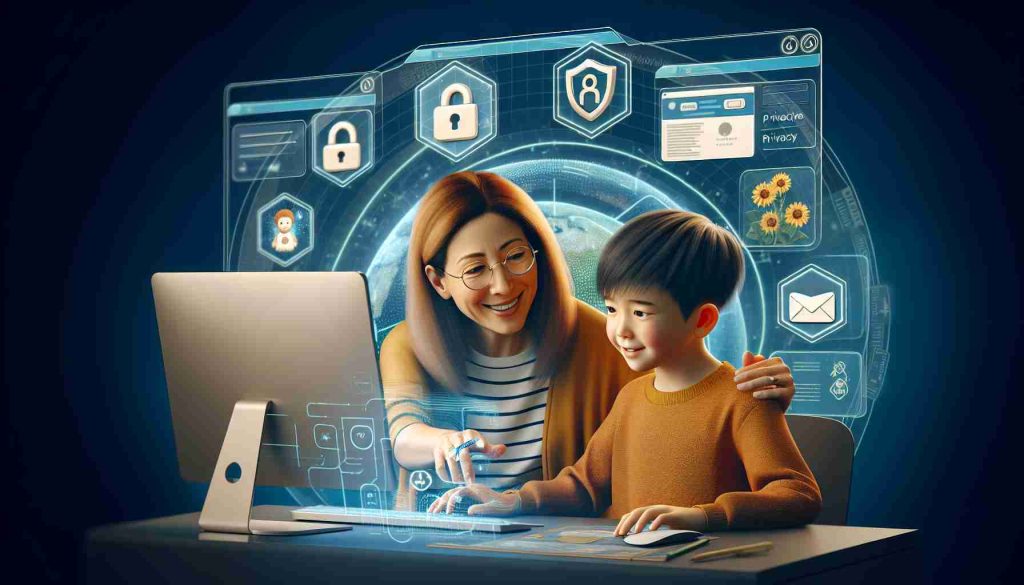California Governor Gavin Newsom has recently enacted legislation aimed at reducing or prohibiting smartphone usage in schools. This move comes as alarming reports suggest that excessive screen time can lead to various mental health issues among teenagers and hinder their learning experiences.
So far this year, over a dozen states in the U.S. have introduced measures to limit cell phone use in educational settings, following in Florida’s footsteps, which implemented a classroom ban in 2023.
In California alone, nearly 5.9 million students are enrolled in public schools. The state has drawn inspiration from Los Angeles County’s decision in June to prevent its 429,000 students from utilizing smartphones during school hours.
In light of these initiatives, U.S. Surgeon General Vivek Murthy has suggested that social media platforms should carry warning labels, akin to those found on tobacco products, indicating their potential links to severe mental health issues in teens. Citing research from the JAMA medical journal, which links more than three hours of daily social media use to heightened risks of mental illness, he highlighted a Gallup poll revealing that the average teenager spends about 4.8 hours a day on these platforms.
The new Californian law, supported overwhelmingly by state legislators, mandates the establishment of regulations to manage smartphone use within schools by July 1, 2026, with provisions for updating the rules every five years. This initiative is hoped to draw students’ focus back to their education and interpersonal development rather than their smartphone screens.
Smartphone Use in Schools: Tips and Insights for Students and Parents
The recent legislation in California aimed at limiting smartphone use in schools is a significant move towards addressing the concerns surrounding excessive screen time and its impact on students’ mental health and learning. As students and parents navigate this evolving educational landscape, here are some useful tips and interesting facts related to smartphone use in schools, as well as its implications for life, work, and education.
1. Establish Tech-Free Zones: Creating tech-free zones at home or during study sessions can enhance focus and productivity. Designate specific areas or times where devices are put away, allowing students to engage in uninterrupted learning or family interactions.
2. Time Management Techniques: Encourage the use of time management techniques such as the Pomodoro Technique, which involves studying for 25 minutes and taking a 5-minute break. During breaks, students can engage in activities away from screens, promoting a healthy balance between learning and relaxation.
3. Explore Alternative Communication Methods: With the restrictions on smartphone use, students can develop stronger communication skills. Encourage them to use in-person conversations, handwritten notes, or even old-school methods like phone calls to communicate with classmates and friends.
4. Be Mindful of Social Media Consumption: Parents and students can benefit from discussing healthy social media habits. Limiting usage to specific times of day and monitoring content can lead to more positive experiences online and reduce the risk of mental health issues associated with excessive use.
5. Engage in Mindfulness Practices: Introduce mindfulness practices such as meditation or yoga to help students manage stress and emotional health. These practices can serve as alternatives to smartphone usage, promoting mental well-being without relying on digital devices.
6. The Impact of Nature: Studies show that spending time in nature can significantly improve mental health. Encourage students to take breaks outdoors, which can be refreshing and rejuvenating, providing a natural contrast to screen time.
Interesting Fact: According to the American Academy of Pediatrics, consistent exposure to screens can disrupt sleep patterns, leading to fatigue and reduced academic performance. Establishing a screen-free bedtime routine can greatly enhance sleep quality.
Furthermore, it’s important to know: The trends in California aren’t isolated. Several states across the U.S. are also recognizing the need to curb smartphone usage in schools, indicating a larger national conversation about the role of technology in education.
For more insights on the intersection of technology, education, and health, visit Edutopia and CDC. These resources offer valuable information on fostering academic success and maintaining mental health in a technology-driven age.
In conclusion, as California takes significant steps to limit smartphone use in schools, it opens the door for discussions about healthier habits and learning environments. By implementing these tips, students and parents can foster a more balanced approach to technology in their daily lives.




























